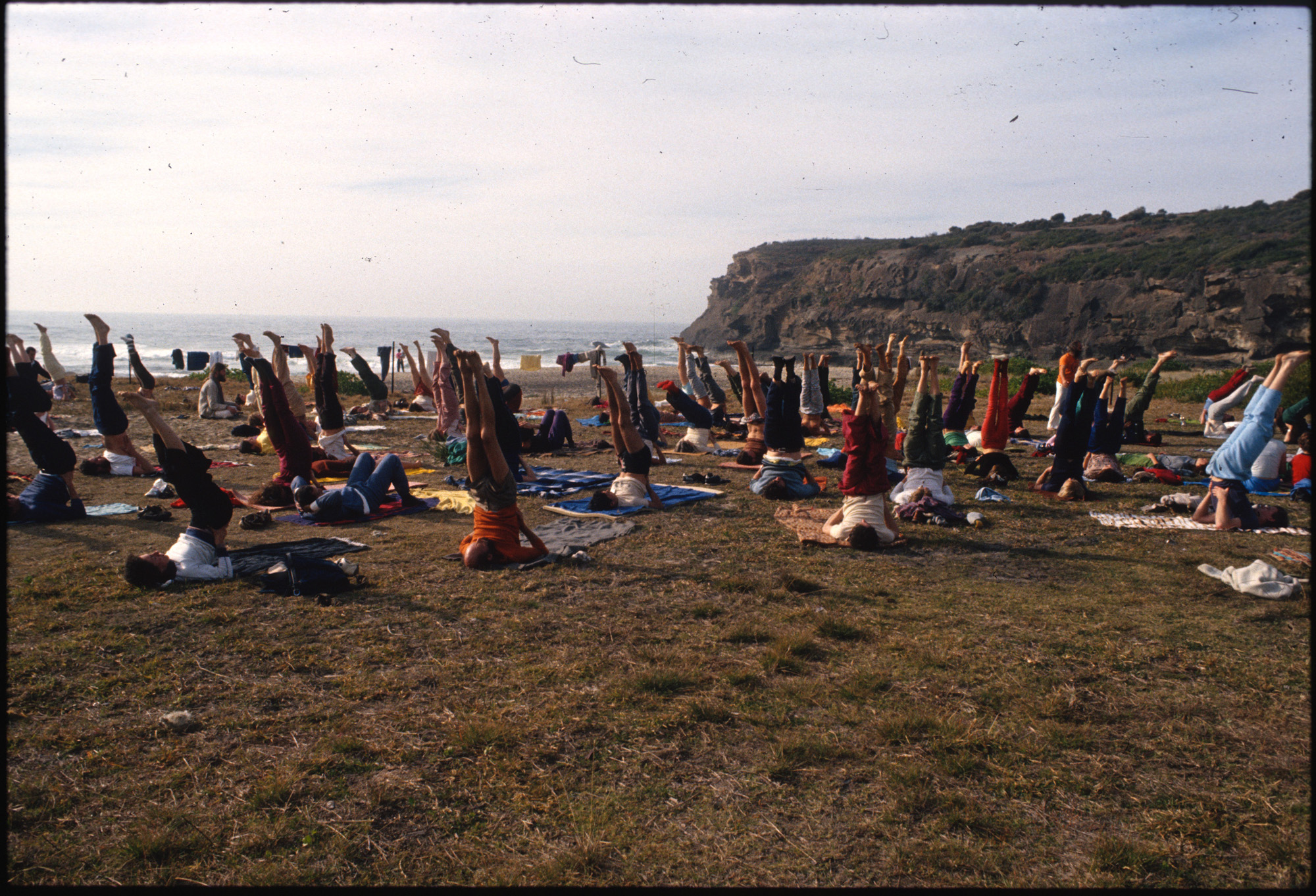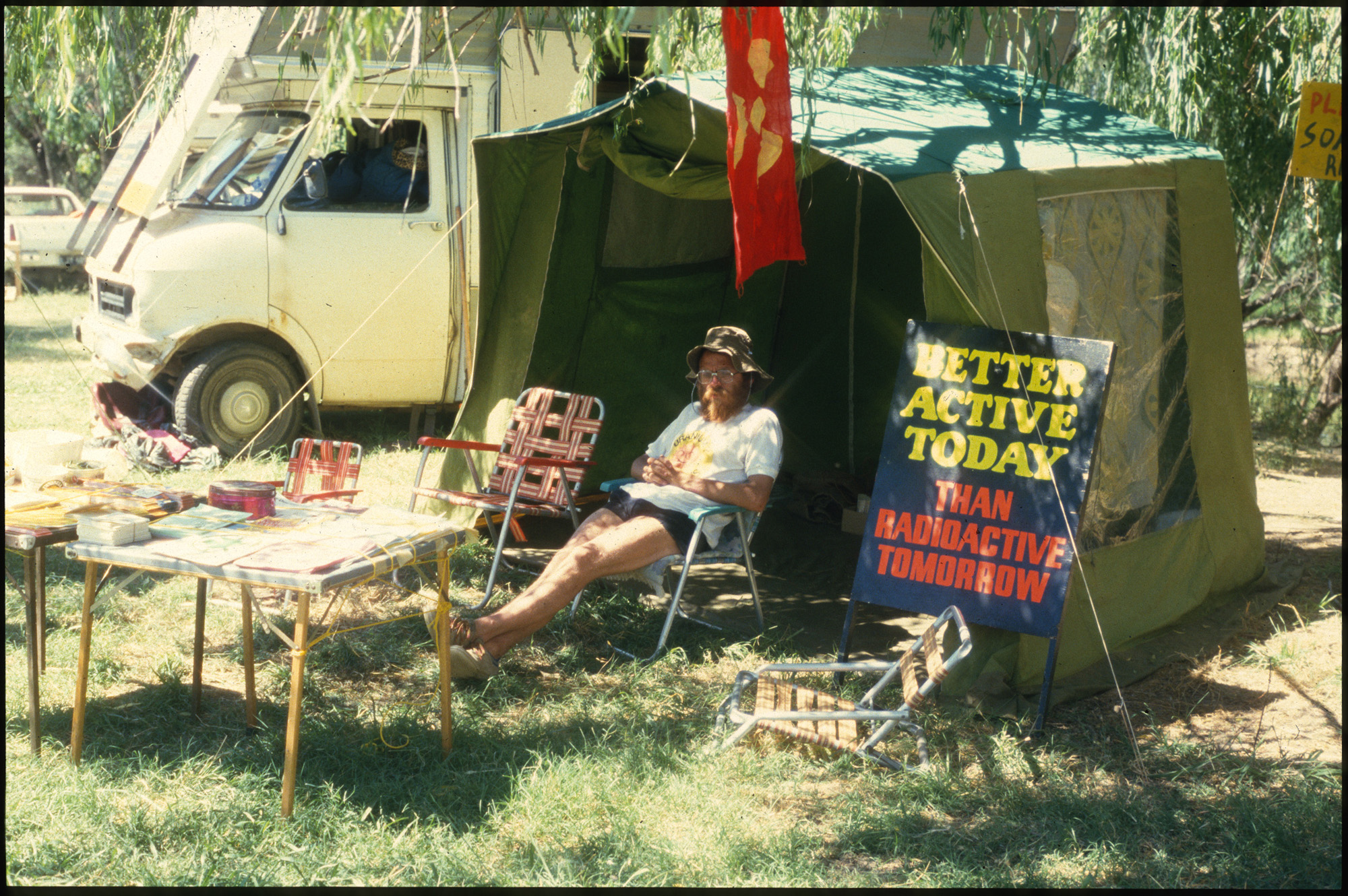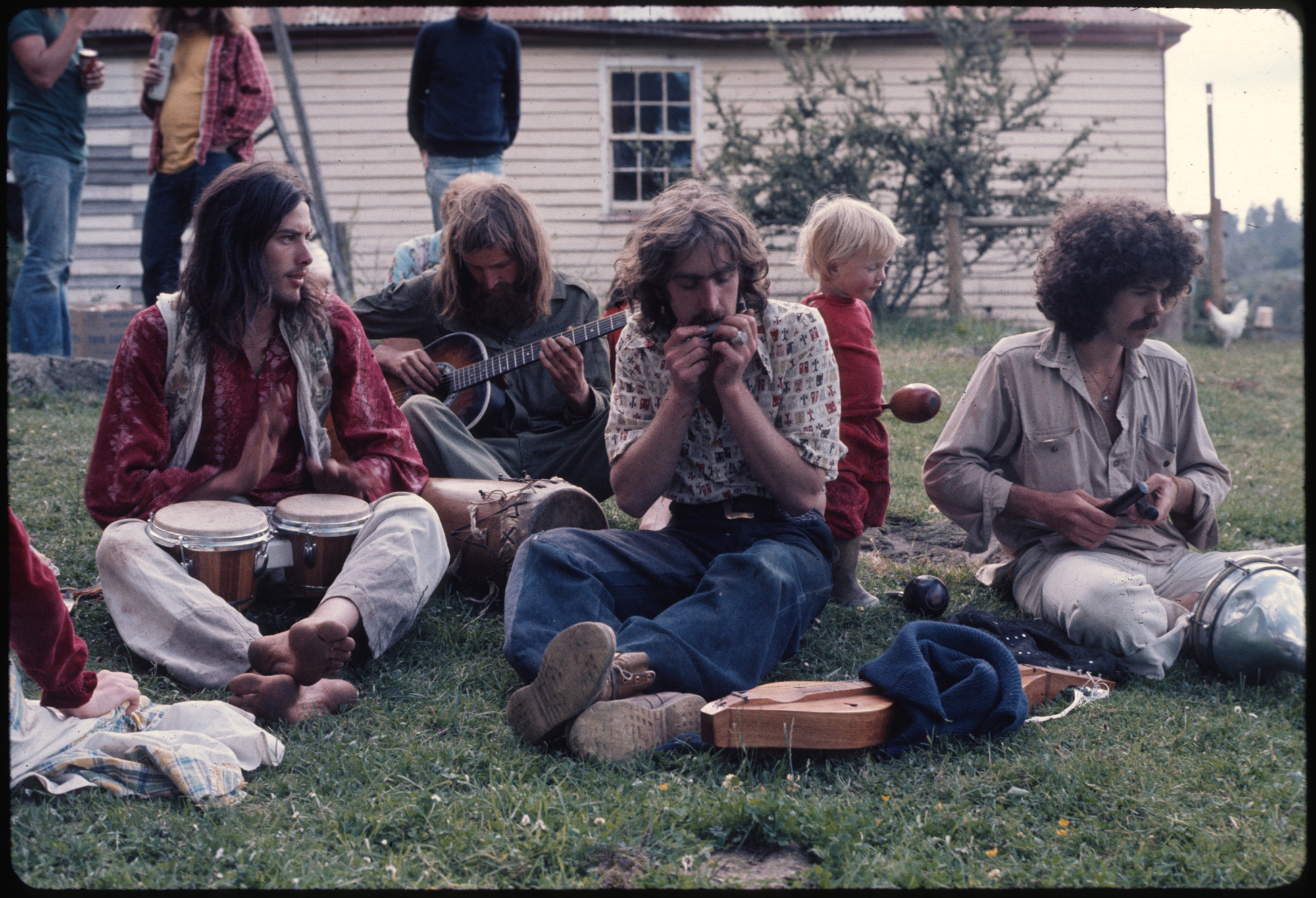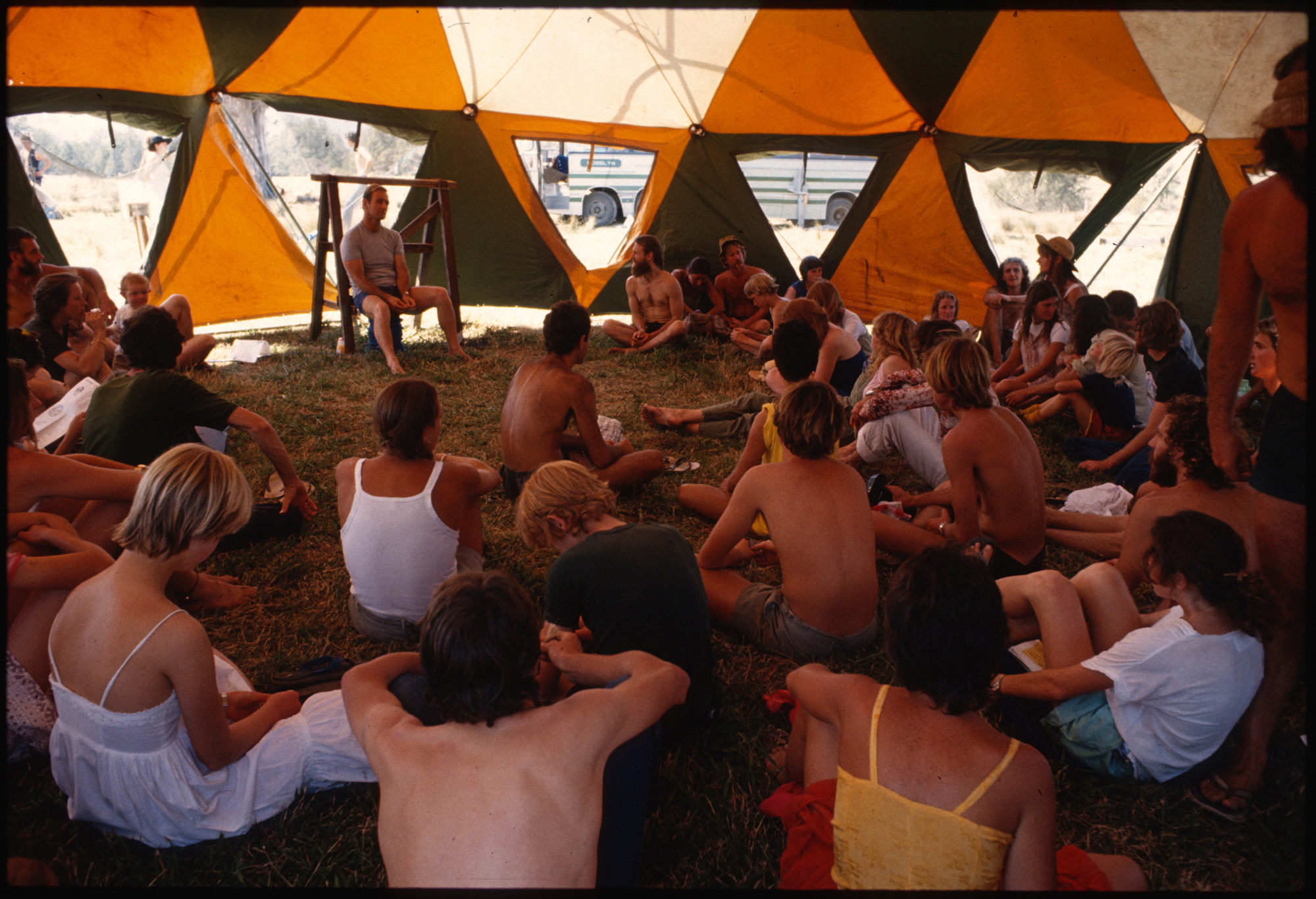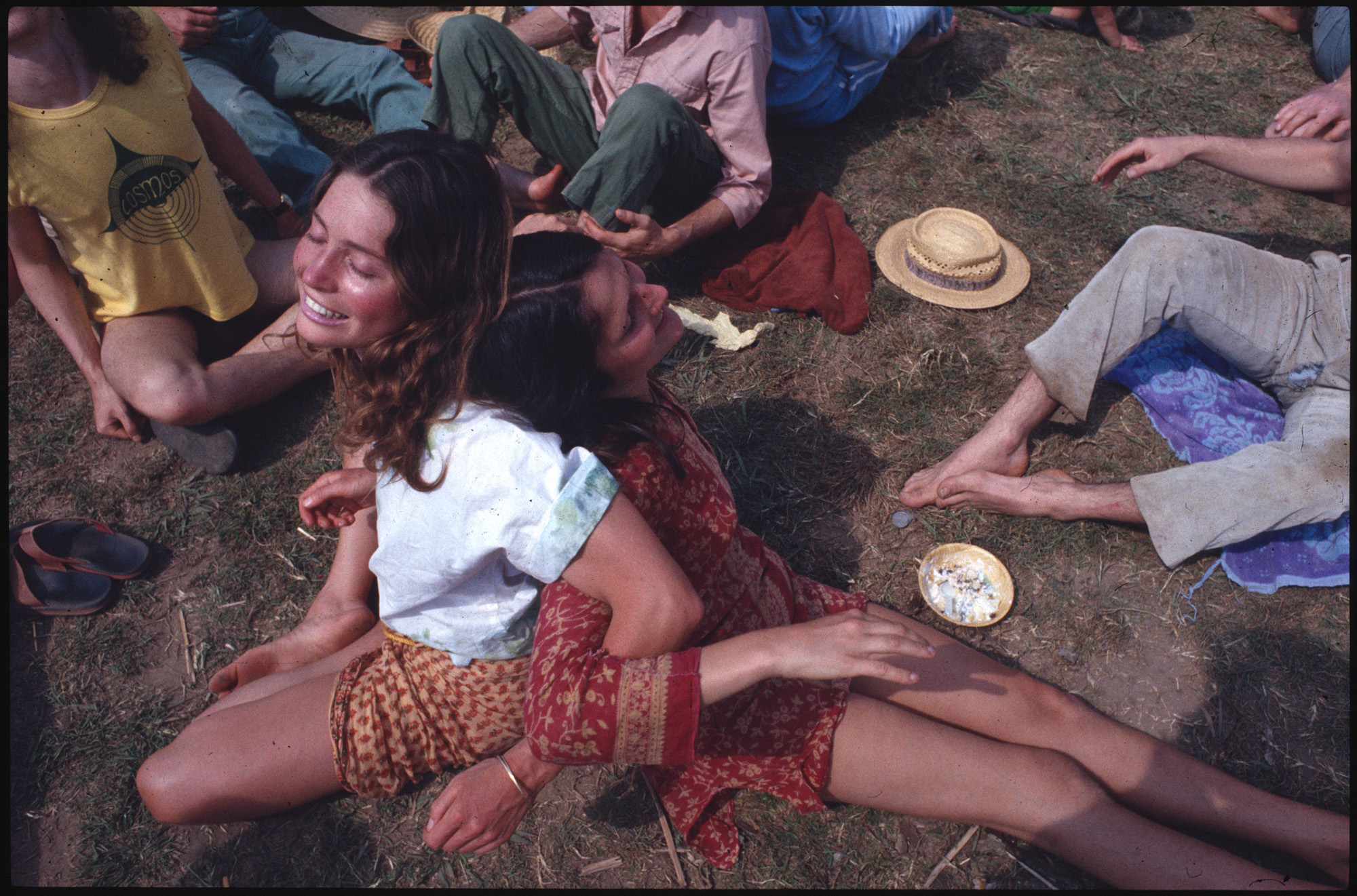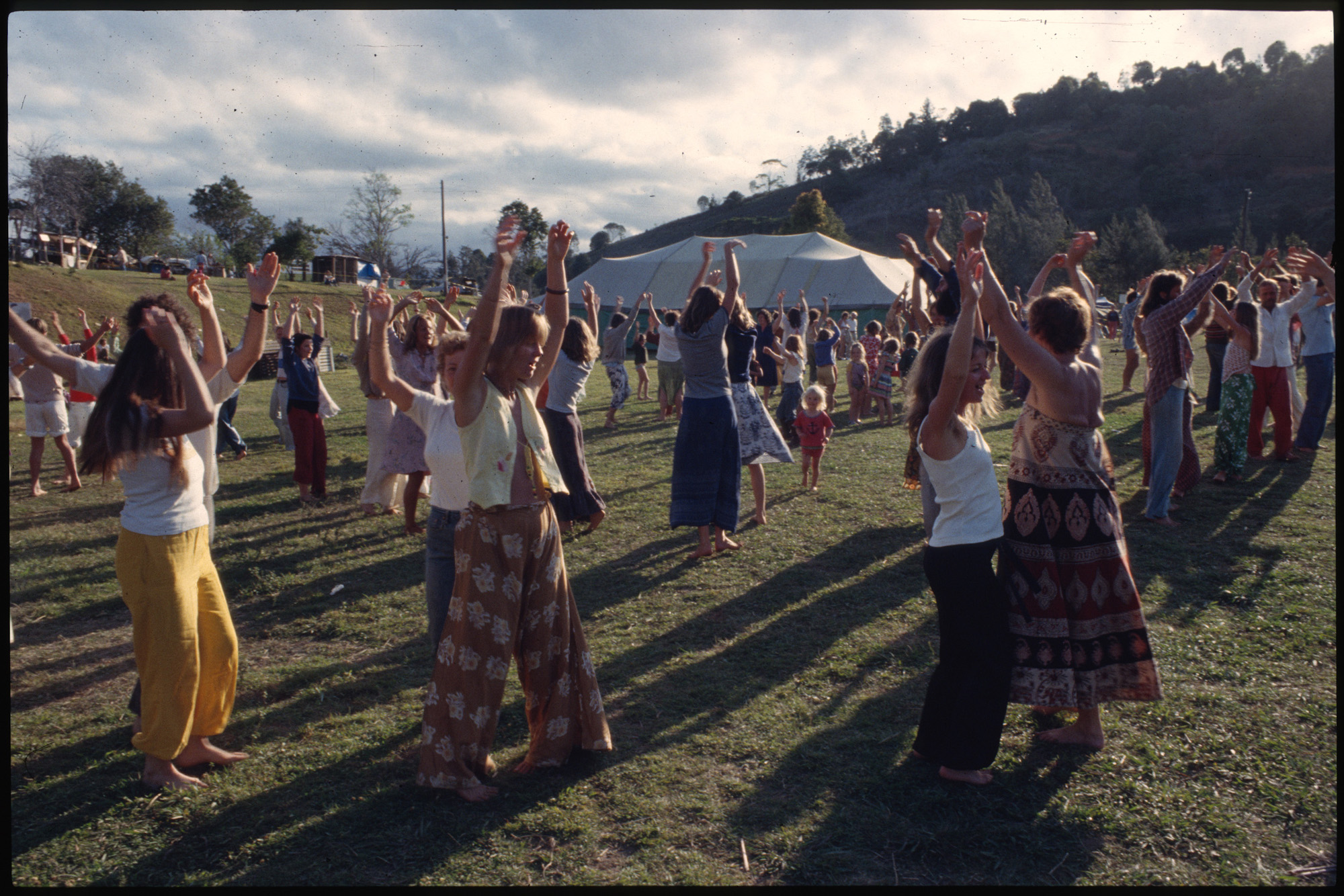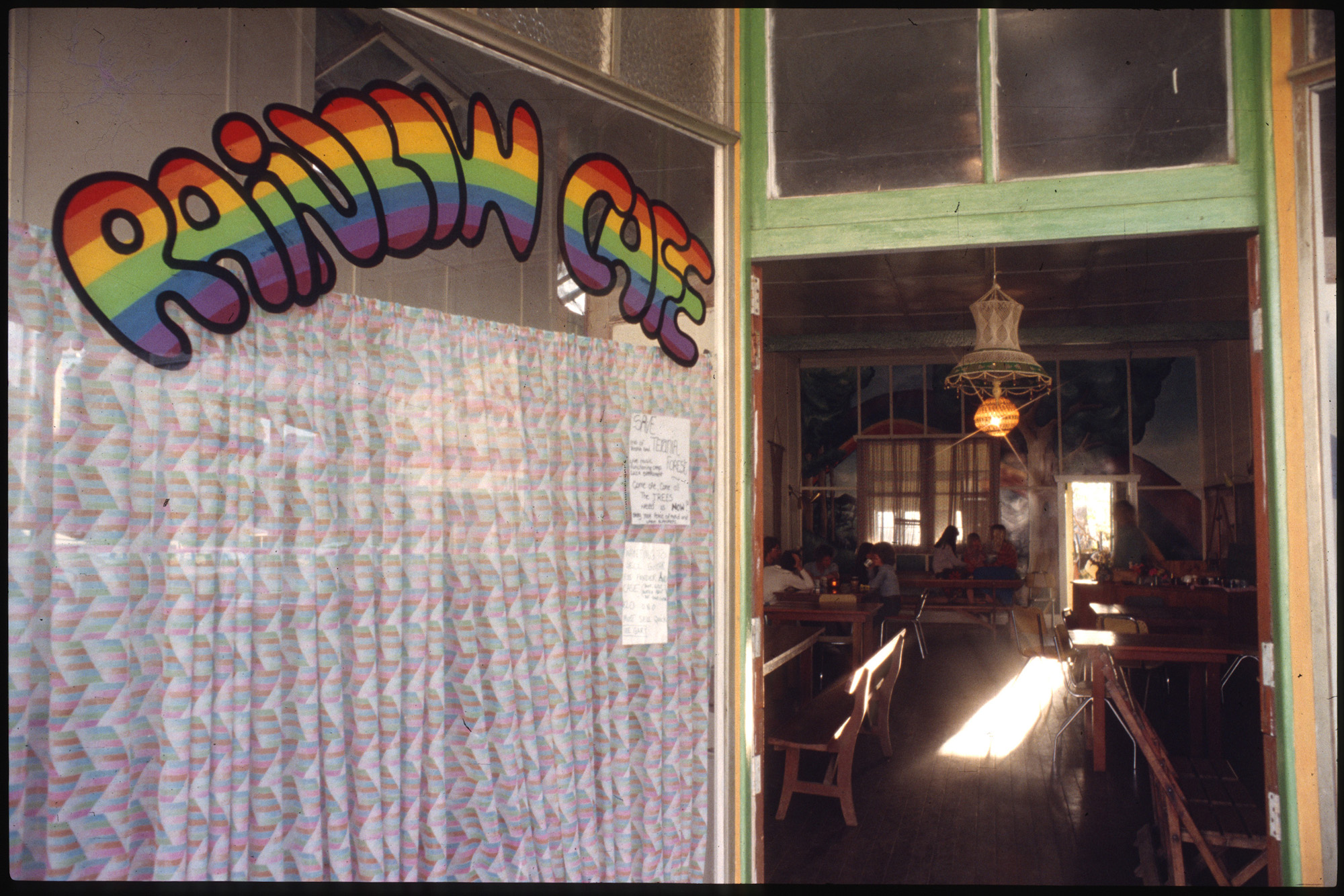The 1970s were a transformative time for northern New South Wales, especially in the regional town of Nimbin. The 1973 Aquarius Festival was a ten day music, art and cultural gathering of like-minded people who were at the forefront of the counterculture and alternative lifestyles movement in Australia. The Festival changed the small country town and the surrounding region forever.
In an effort to capture this period of Australian history, the Library acquired the extensive Rainbow Archive between 1988 and 1996. The Archive comprises a wide range of oral histories, photographs, ephemera and papers documenting the Aquarius Festival, its lasting impact, and the motivations of the participants. Many of the festival-goers were unified by their passion for environmental conservation, sustainability, harmony and freedom.
Unlike earlier festivals such as the Sunbury Pop Festival in Melbourne (run 1972-1975), Aquarius didn't showcase big name artists - the focus was on creating culture rather than consuming it. Experimental structures were created by architecture students from Sydney, vegetarian banquets were cooked up and shared, and workshops were held to exchange skills and knowledge with one another. The festival did not advertise through mainstream media and relied on word of mouth for its promotion. Many religious groups, such as the Krishna Consciousness Movement, attended the festival and held ceremonies. Unusually for the era, the founders of the festival made contact with the local Aboriginal people, the Bundjalung, consulting with elders over the proposed use of the land.
Many of those who came to Nimbin for the festival stayed on in the town afterwards, purchasing cheap land and setting up communal living arrangements on large shared properties. A number of Nimbin's new residents were involved in landmark environmental campaigns in the area, such as the blockade against the logging of the forest at Terania Creek in 1979.
The oral histories in the Rainbow Archive come from a range of perspectives, discussing in detail the origins of the festival and its founders from the Australian Union of Students; the inspiration of festivals abroad such as the infamous Woodstock in the USA; the reasons for the selection of Nimbin (then a fading dairy town) as the site for an all-encompassing festival of creation, creativity and anti-consumerism; the work that went into transforming the town; and the wider effects of the festival on Nimbin, the region, and activism in Australia. The interviewees speak of not only the excitement of creating a new life but also the difficulties and frustrations of communal living.
Photographs from the Rainbow Archive
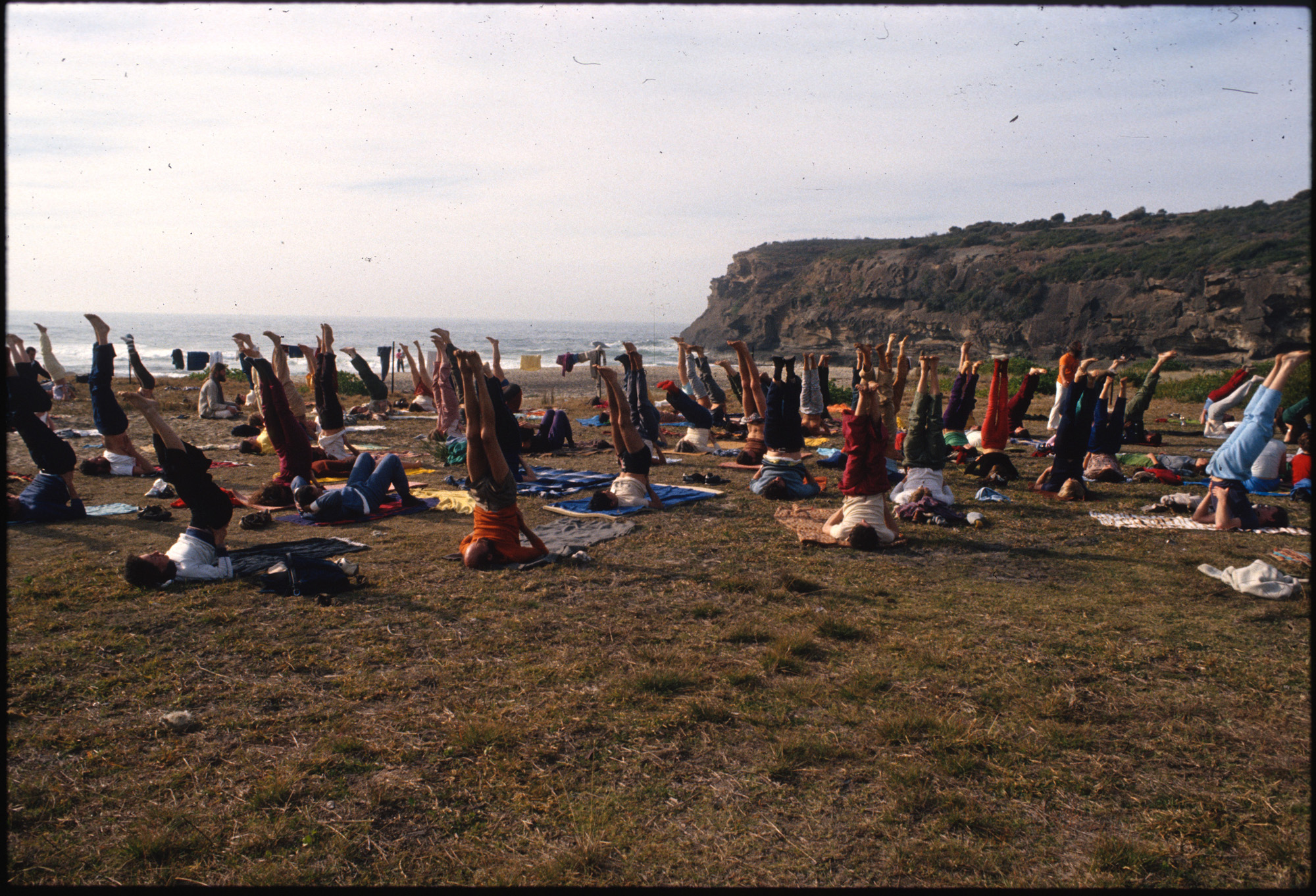
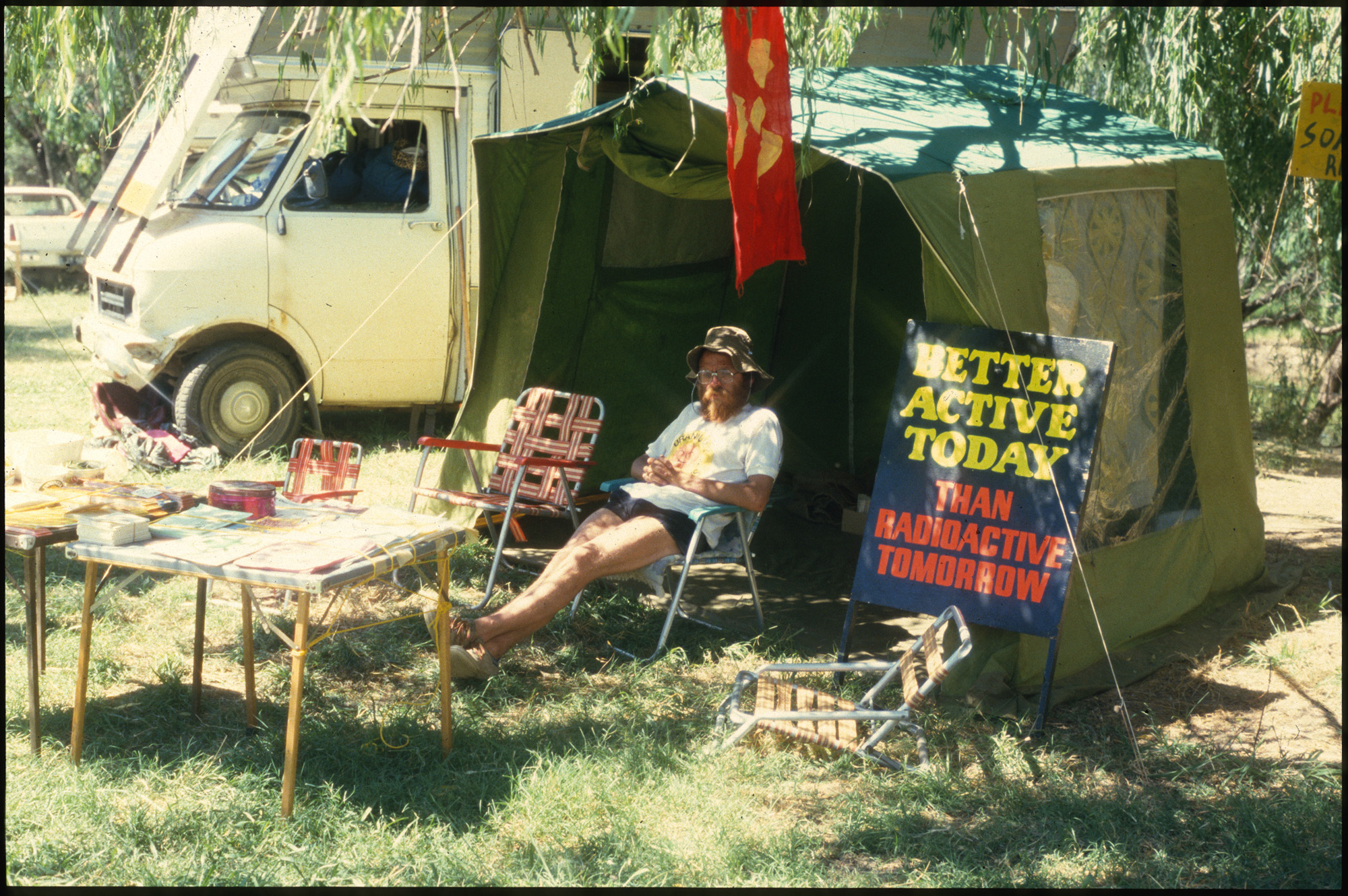
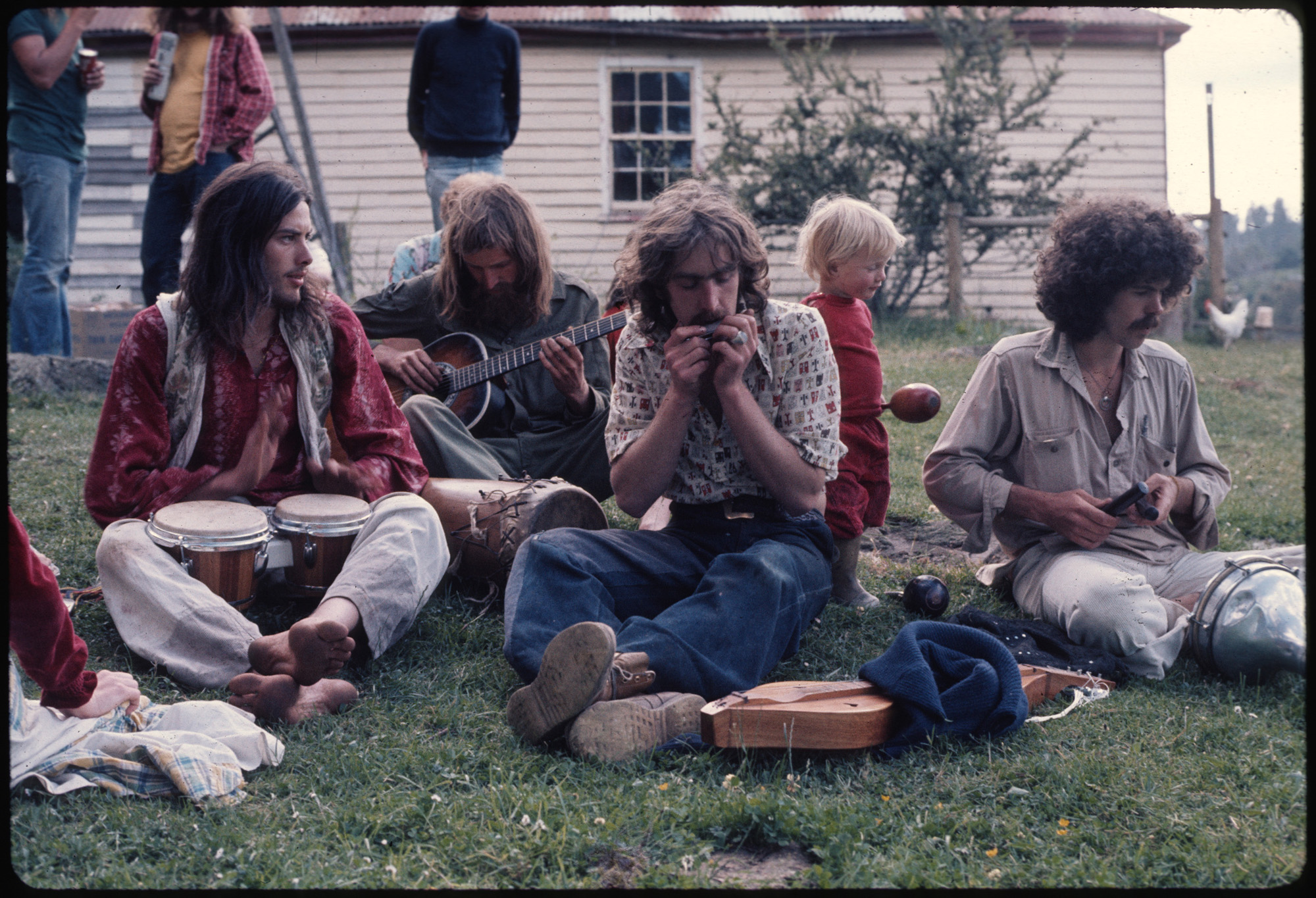
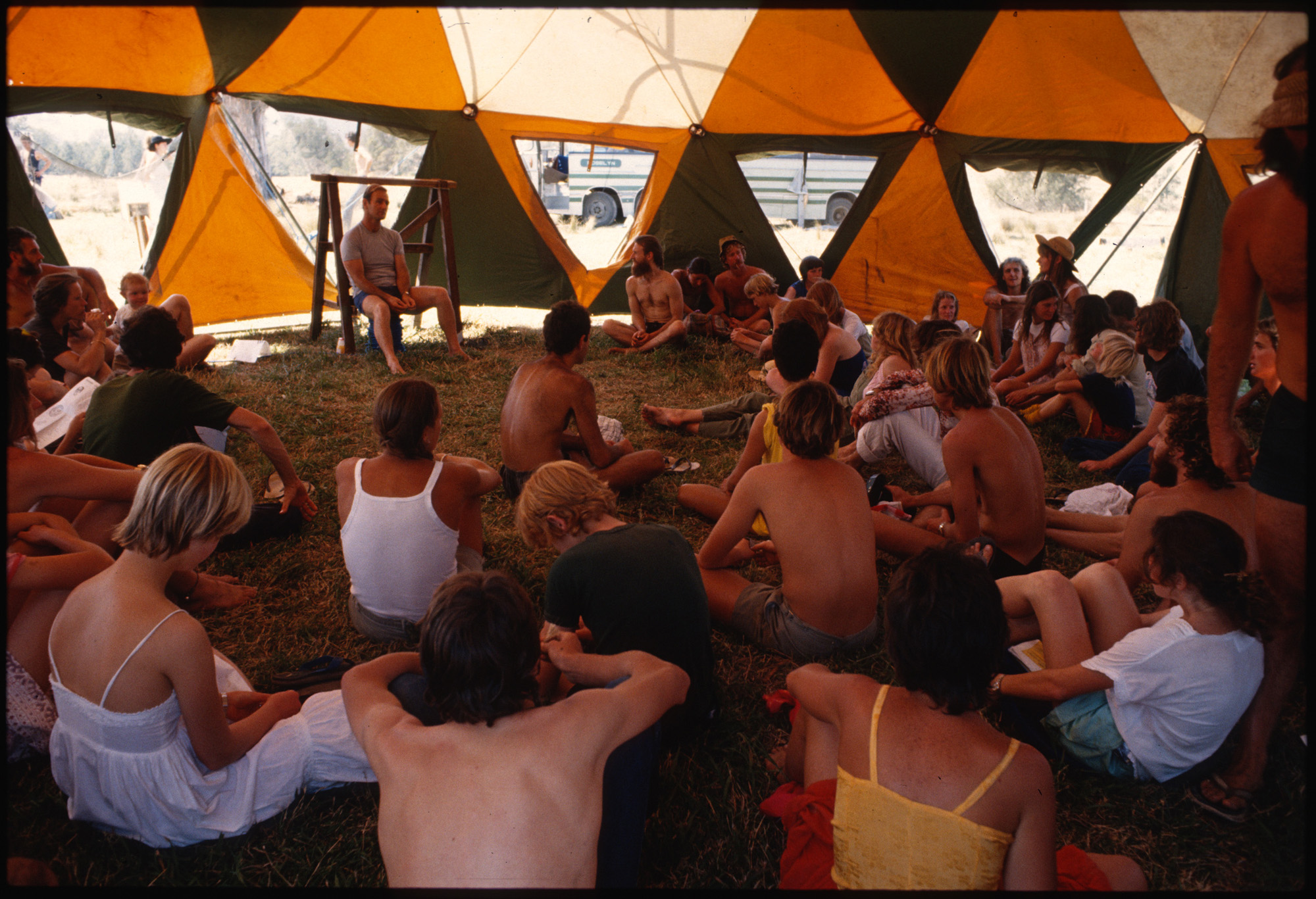
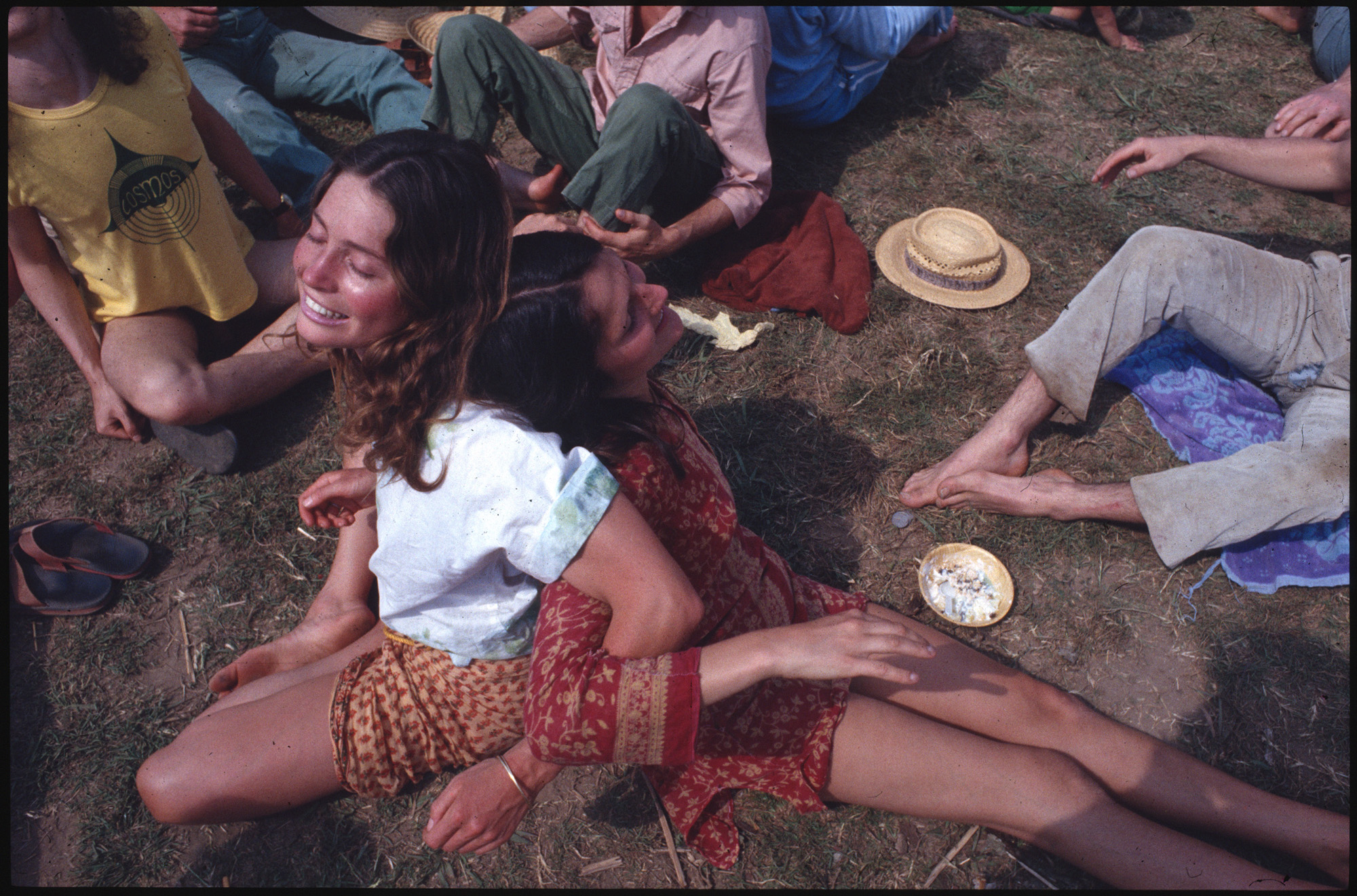
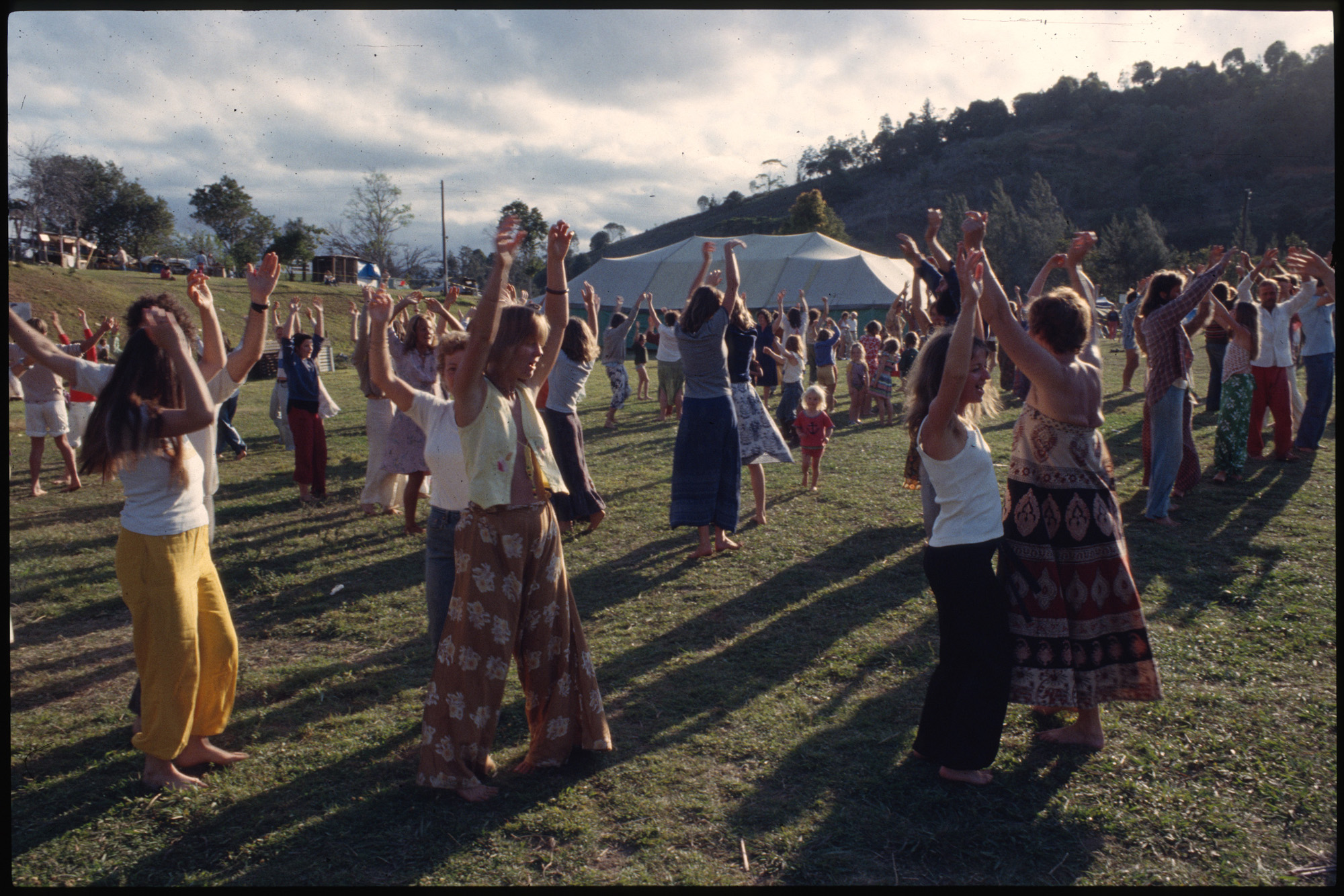
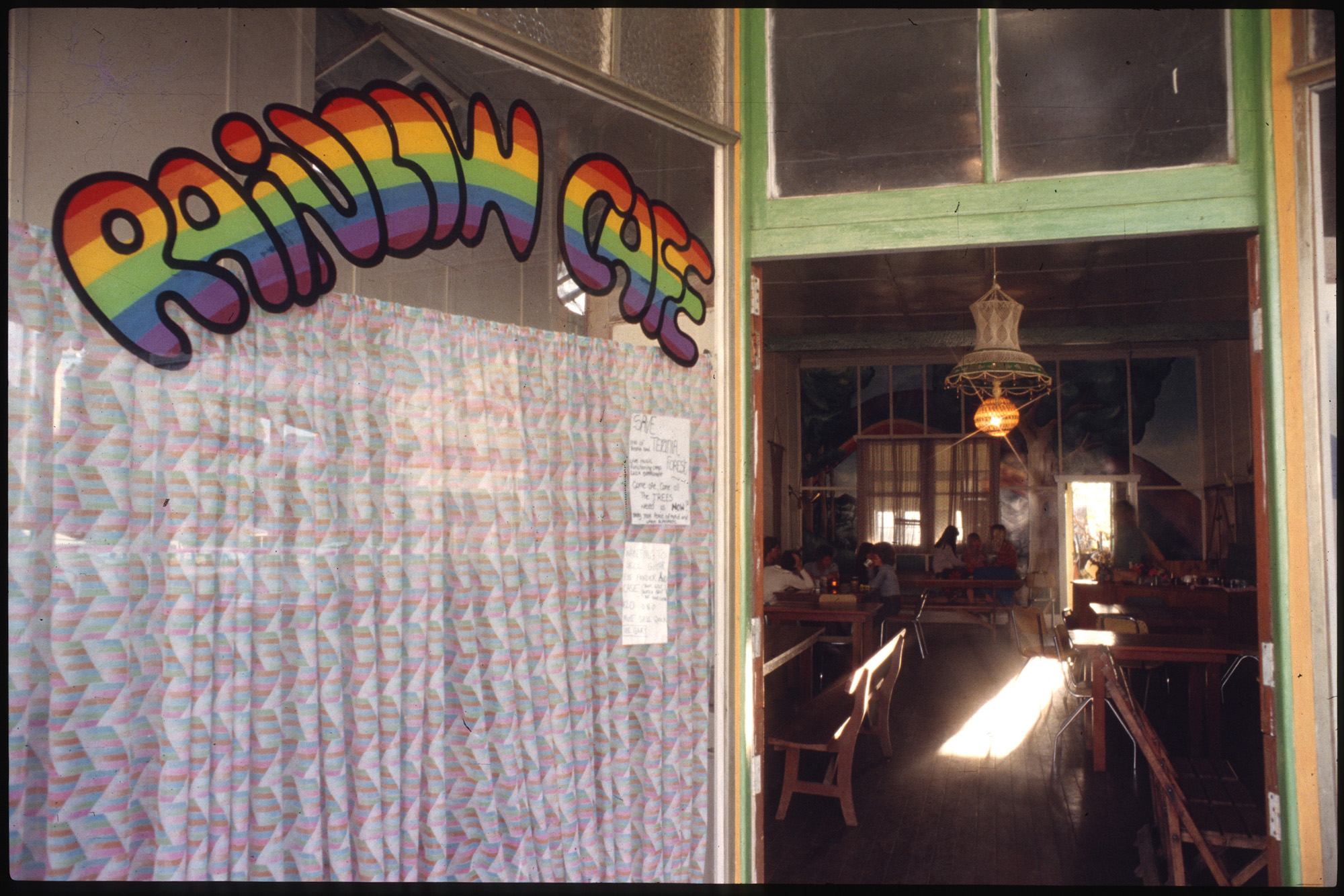
You can access digitised sound recordings from the Rainbow Archive online and help transcribe them on the Library's Amplify website. The website is illustrated with recently digitised photographs from the archive by Roger Marchant, taken between 1973 and 1985.



